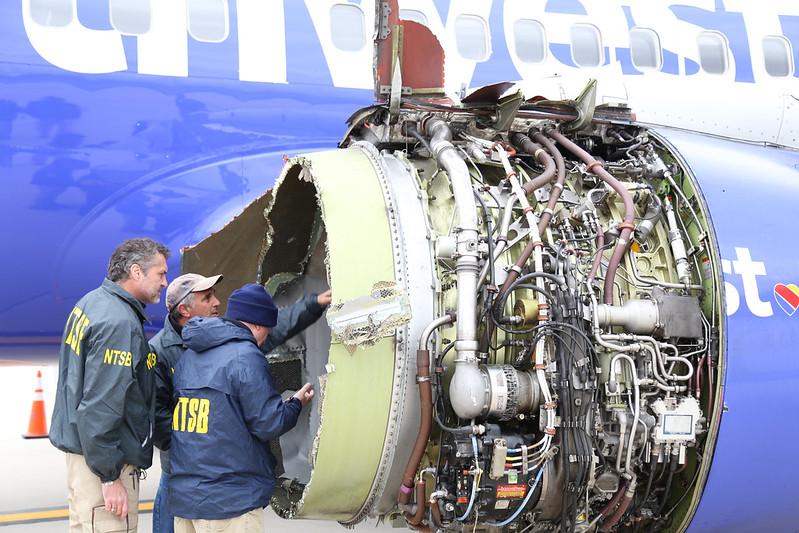
Credit: NTSB
WASHINGTON—The FAA plans to mandate three modifications to Boeing 737 Next Generation (NG) nacelles linked to a pair of inflight fan-blade failures that caused significant damage outside the engine and led to one passenger fatality. In written correspondence between the FAA and NTSB, the regulator...
Subscription Required
This content requires a subscription to one of the Aviation Week Intelligence Network (AWIN) bundles.
Schedule a demo today to find out how you can access this content and similar content related to your area of the global aviation industry.
Already an AWIN subscriber? Login
Did you know? Aviation Week has won top honors multiple times in the Jesse H. Neal National Business Journalism Awards, the business-to-business media equivalent of the Pulitzer Prizes.


